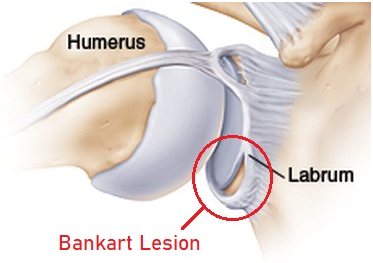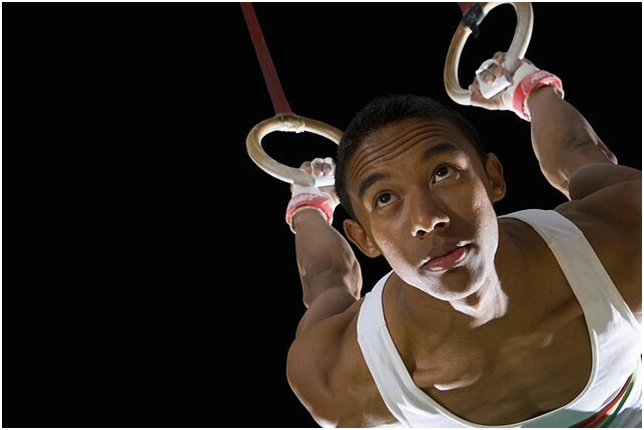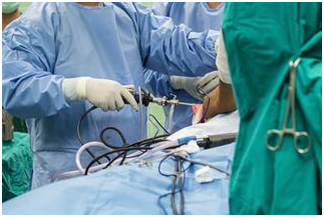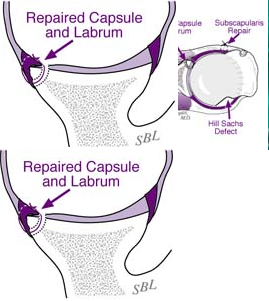Bankart's Repair
| Category |
Bankart's Repair |
Bankart Repair
An untreated Bankart lesion can lead to chronic shoulder instability meaning your shoulder may dislocate again in the future, probably in situations involving less force than the original injury.

CAUSES OF BANKART LESIONS
Bankart lesions are frequently the results of high-energy trauma and sports injuries (either acute injuries or overuse injuries from repetitive arm motions). Though anyone can sustain this injury, young people in their twenties are most susceptible.
Possible causes of shoulder dislocations and lesions:
- Car accidents. A sudden blow to the shoulder can knock the ball from its socket, tearing the labrum.
- Sports collisions. Crashing into another person with speed and force — for example, during a football or hockey tackle — can shove the shoulder out of alignment or drag the arm forward or backward, leading to dislocations.
- Falls from sports. Falling and landing on one's shoulder can lead to shoulder dislocations in athletes, especially in sports where falling with height or speed is common, like gymnastics, skating, rollerblading, or skiing. Sliding into bases during softball or baseball can also harm the shoulder.
- Falls not from sports. Falling off a ladder or tripping on a crack in the sidewalk can deliver enough force to dislocate the shoulder.
- Overuse injuries. In some athletes, overuse of the shoulder can lead to loose ligaments and instability. Swimmers, tennis players, volleyball players, baseball pitchers, gymnasts, and weight lifters are prone to this problem. In addition, non-athletes may develop instability from repeated overhead motions of the arm (for example, swinging a hammer).

- Loose ligaments. Some people have a genetic predisposition to lose ligaments throughout the body (e.g., double-jointed individuals). They may find that their shoulders pop out of alignment easily. Treatment for these patients is often more complex.
SIGNS AND SYMPTOMS OF A BANKART LESION
This type of labrum tear shares many symptoms with other shoulder injuries. A thorough doctor's exam is necessary to properly diagnose your symptoms.
Symptoms of a Bankart lesion can include:
- Pain. When reaching overhead, at night, or with daily activities. Pain that does not improve with rest, change in activity, OTC medications, or ice, warrants consultation with your healthcare provider.
- Instability and weakness. The shoulder may feel 'loose'. Patients may report apprehension about moving the shoulder into certain positions away from the body. Patients may also report recurrent instability, subluxation, or dislocation with low energy movements, like rolling over in bed or putting on a seat belt.
- Limited range of motion.
- Mechanical symptoms. Grinding, catching (not moving fluidly), locking in place, or popping can all be symptoms of torn tissue getting caught in the joint.
BANKART LESION REPAIR (SURGERY)
If your shoulder continues to dislocate or feel unstable, see a doctor for further evaluation. Your doctor may use X-rays, an MRI, and/or a thorough physical exam to help make a diagnosis.
Depending on the cause and severity of your shoulder instability, you may be prescribed an exercise program and/or surgery to stabilize the shoulder joint.

- Shoulder Arthroscopy. Most often, minimally invasive procedures can be used to repair the labrum. Your doctor can use a scope and small surgical tools to locate and examine the tear, remove damaged fragments, and repair them. Your doctor will place anchors in the bone near your tear. Sutures attached to these anchors are pulled tight, reattaching the torn piece of the labrum to the bone.
- Open Surgery. In some cases, orthopedists may prefer to use open surgery for this procedure. Which method your doctor chooses depends on variables like the type and location of your injury, the condition of your tissue, and how much additional damage you may have sustained.
If you are healthy, the outlook for shoulder surgery of this kind is generally good, with most patients resuming gentle movement and non-contact sports within 6-12 weeks. Most patients will need to avoid heavy lifting and contact sports for at least three months while they undergo physical therapy to regain strength and range of motion in the shoulder.
Surgery
Possible benefits of surgical repair for shoulder dislocations
The effectiveness of any surgical procedure depends on the health and motivation of the patient, the condition of the shoulder, and the expertise of the surgeon. When performed by an experienced surgeon, surgery for shoulder instability usually leads to improved shoulder comfort and function. This is particularly the case for individuals with traumatic instability where the injury can be specifically repaired. The greatest improvements are in the ability of the patient to sleep, perform activities of daily living, and to engage in recreational activities.
Goal of surgery
Surgery to repair instability can help restore the function and comfort of unstable and dislocating shoulders. The goal of surgery for traumatic anterior instability is to repair the ligaments and the labrum that are torn from the lower front part of the glenoid socket.
Who should consider surgical repair for shoulder dislocations?
Surgery is considered for patients with:
- recurrent instability or feelings of unsteadiness or apprehension after a traumatic shoulder dislocation or
- atraumatic instability that has not responded to a well-conducted rehabilitation program.




